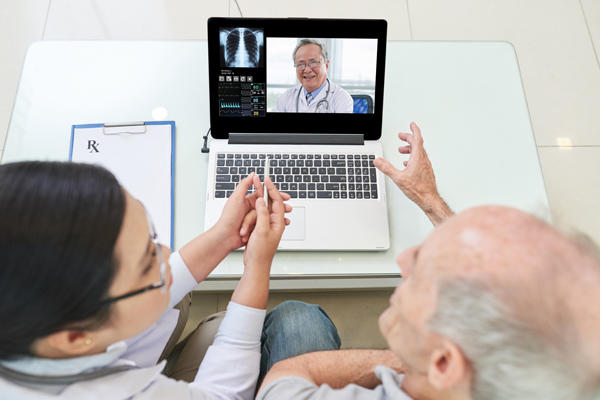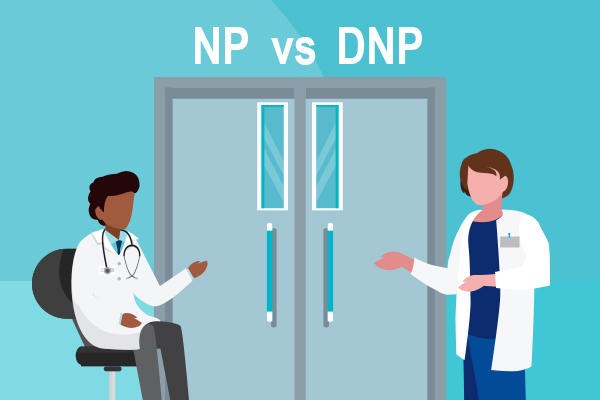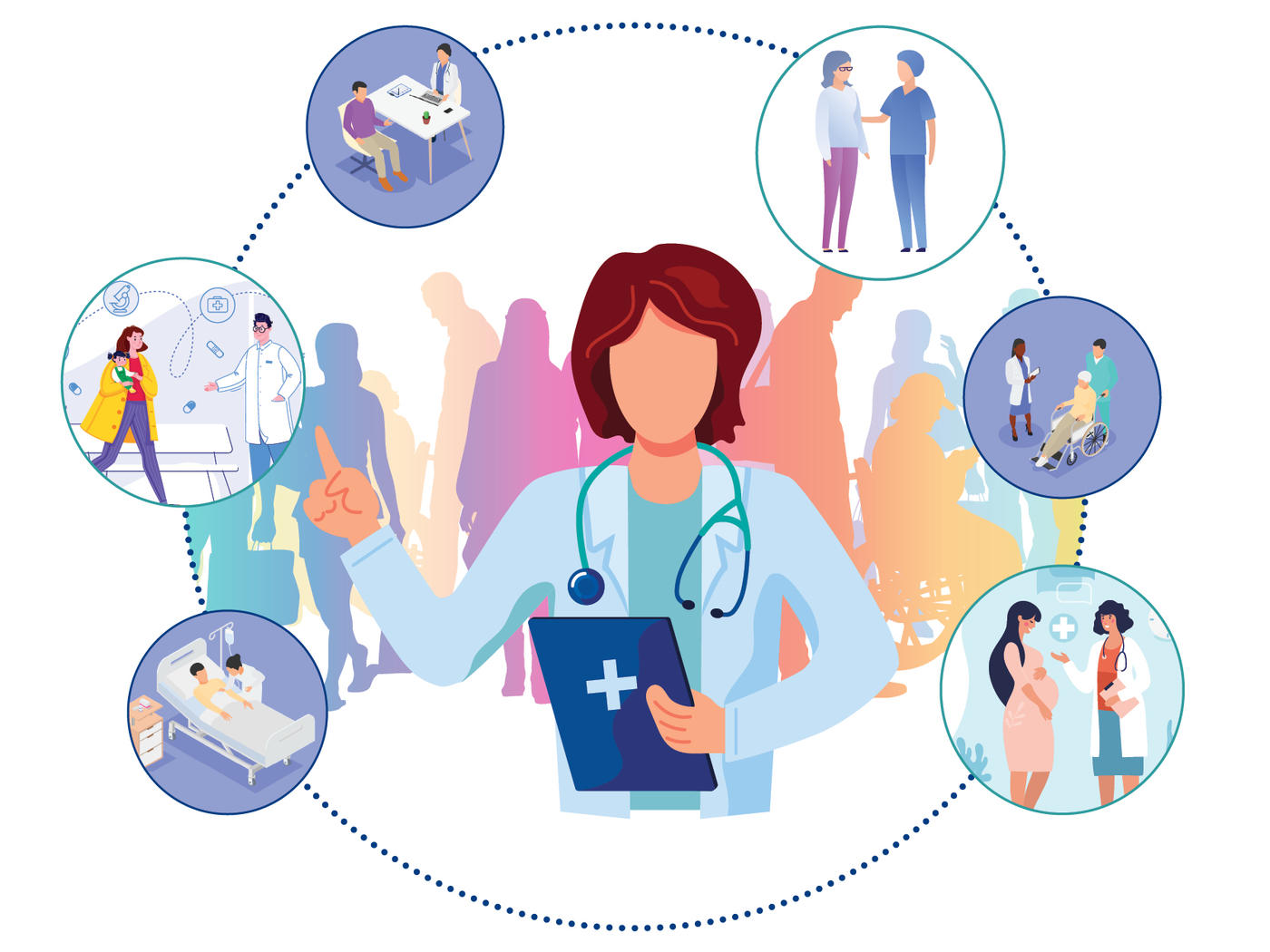Featured
Tags
Share
- Home / Blog / Nursing Today / What is Telemedicine? Virtual Healthcare Visits on the Rise
What is Telemedicine? Virtual Healthcare Visits on the Rise

You may have already heard the term telemedicine, or even participated in it. The approach is expected to become a regular part of the practice of doctors and nurses. But what is it exactly? How does it differ from “telehealth”?
Recently, Chamberlain University’s Tonya Kimber Jones, worldwide solutions manager, brought together Dr. Danika Bowen, senior director of higher education and global partnerships at Chamberlain; Dr. Katie Kay, senior director of academic services at Chamberlain; and Dr. Sherrod Woods of 3NetWise, to discuss what telemedicine is and how it needs to become an integral part of nurse training. Read on for a summary of the key issues addressed by the panel, or watch the event here.
What is the Difference Between Telehealth and Telemedicine?
If you’ve ever had a phone or video call with your doctor or nurse where they review your health records, ask if you’re experiencing any new symptoms, or discuss different ways you can deal with current conditions, then you’ve experienced telehealth.
Telemedicine on the other hand, consists of the use of new web-based and mobile app-based technologies that are set to become an everyday part of healthcare work.
Imagine this scenario: you’re working in a small practice in a rural area. You have a patient experiencing a problem and you know it would be best if a specialist was brought in to properly diagnose and suggest treatment.
Instead of sending the patient to a hospital many hours away, you employ special video conferencing tools to bring yourself, the patient and the specialist into the same virtual room. Data about the patient’s vitals can be immediately shared with the specialist, who can also ask the patient questions and even conduct many aspects of a typical physical exam.
Nearly 20 percent of our nation lives in rural communities where health provider shortages persist. Access to healthcare for these populations is an alarming inequity. - Dr. Janice Unruh Davidson, Professor, Chamberlain University Graduate Programs
This collaborative process, and the technology used to make it possible, allow for confident diagnoses and treatment recommendations. This is telemedicine.
Building Telemedicine Competencies Into the Curriculum
Many programs don’t formally include telemedicine in their curriculum, and students need more than a simple exposure to the idea. Nurses today need to be trained on telemedicine. We can expect this approach to healthcare will only increase even after we gain control over COVID-19.
Chamberlain students learn about telehealth, telemedicine and a variety of other technologies through both coursework and practicum opportunities. Virtual healthcare and its application in meeting healthcare needs is integrated into the curriculum.
As an example, in the Master of Science in Nursing (MSN) degree program Nursing Informatics Specialty Track, one course module covers the concepts of telehealth as well as other smart technologies and even the use of robots in healthcare. Students pursuing the Master of Science in Nursing (MSN) degree program Family Nurse Practitioner Specialty track can practice telehealth during their practicum experience.
Advantages & Challenges of Telemedicine
It’s important to know that while there are some great things about telemedicine, there are issues you need to think about before you dive into this new approach. Let’s take a look at some of them.
Advantages of Telemedicine
- Experienced healthcare providers can consult with the underserved
- Telemedicine technologies can be used with patients who don’t want to go to a clinic or hospital and who might be worried about being exposed to COVID-19 in these settings
- Care can be provided across state lines
Disadvantages of Telemedicine
As you might have guessed, there are some challenges to implementing this new approach to healthcare. These include:
- Communities or families with no access to tech and/or no internet service
- Computer illiteracy or lack of trust in the new approach
- Privacy and confidentiality concerns
- Cost of the necessary equipment
How to Overcome Barriers in Telemedicine
The panel discussed several ways we can overcome barriers in telemedicine. First and foremost, nurses need to be trained in what Dr. Bowen referred to as “telemedicine competencies.” The nursing curriculum is a full one, but telemedicine is the future and nurses need not only know it exists, but also get training so they are comfortable using the technology.
When nurses are comfortable with the technology, patients are more likely to have a good experience and their acceptance of these tools will increase. When patients also see how they can get access to experts who don’t live close by, and when they realize this approach saves time and money, acceptance and enthusiasm for telemedicine will grow.
We need to embed telemedicine in the curriculum, study the efficacy of it, and ultimately create an experience for the patients that is extraordinary – Dr. Danika Bowen
Related Articles
• Front line Nurse Helps COVID-19 Patients Connect with Family on FaceTime
• From Rural to Urban America – Bridging the Health Gap
• 6 Must-have Technology Gadgets for Nurses
By Michael Britt
More from Nursing Today
Request More Information
To receive the Chamberlain University Program Guide, including associated career paths, please select a program of study.







